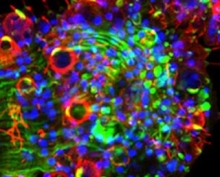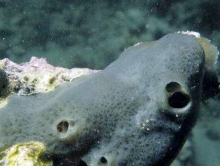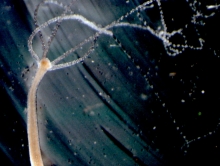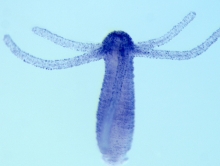What good is half an eye? Evolutionary biologists studying the origins of vision get that question a lot, and new research out of UC Santa Barbara points to a possible answer. Findings appearing today in the journal BMC Biology indicate that, even in the absence of eyes altogether, some creatures display a light-sensitivity that uses the same visual pathway that allows humans to see.







